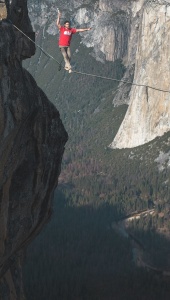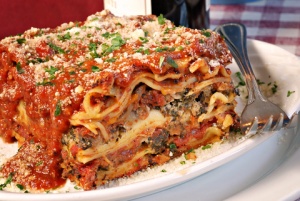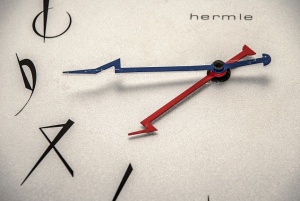
Photo by Solstice Hannan on Unsplash
F is for Five Senses – Sight/Color, Hearing/Sound, Smell/Scent, Taste/Flavor, Touch/Texture & Temperature
I often talk “white box” writing. Drafting out a story, authors write quickly, getting dialog and thoughts on paper, moving from scene to scene until done. Then the author needs to go back and flesh out everything on the second pass – getting rid of the white box the characters are acting in.
Bringing the bigger world to life through the environment surrounding the story is one of my weaknesses. When I read novels and see all the layers people put in, I realize I must learn to do this better, integrate the action and dialog with the setting and world.
Humans have five senses to investigate the world (with some valid arguments of smell and taste being the same sense AND touch should be broken out to temperature and texture/pressure as these are reported to brain differently – but let’s stick to the five senses of school). Humans really depend on sight, so this is the go-to when expanding writing. What color things are, how bright the light is, how far can you see, what people are wearing, what is in the room. All the things the characters can see.
Hearing, the second most important sense to humans, comes second. Loud noise, soft whispers, scraps, ticks, hums, bangs. If the characters are eating, the readers might get a taste of the food – though smell is used more often.
Touch is usually only mentioned in romances. Maybe in a fight scene when being punched.
Faith Hunter did a three-blog series on using the five senses in writing during 2011. She skipped sight because everyone has a fairly good understanding on how to approach the technicolor world.
4/13/2011 – Part 1: Hearing and Sound –
4/19/2011 – Part 2: Scent and Smell –
6/1/2011 – Part 3 & 4: Taste and Touch –https://www.magicalwords.net/faith-hunter/how-to-write-description-part-3-and-4/
WRITING EXERCISE: Carry a small notebook for three days. When something hits one of your senses, record it. The voice recorder app on your phone can also work. Transcript the results to a folder used to remind you of things to keep in mind when doing the second draft. Maybe even use some of the descriptions you created in your current Work-in-Progress (WIP).
 In a Magical Words, Dr. Emily Leverett discussed Adjectivals (“Adjectival Part 1: pre-noun modifiers”, magicalwords.net, 7/28/2015 – http://www.magicalwords.net/really-i-mean-it/adjectivals-part-1-pre-noun-modifiers/)- the adjectives, nouns, and participles which make a noun pop. Think of a normal, unmodified noun as a white box and the adjectivals expanding the setting with actual description. The white box becomes a vibrant, rainbow carpeted box.
In a Magical Words, Dr. Emily Leverett discussed Adjectivals (“Adjectival Part 1: pre-noun modifiers”, magicalwords.net, 7/28/2015 – http://www.magicalwords.net/really-i-mean-it/adjectivals-part-1-pre-noun-modifiers/)- the adjectives, nouns, and participles which make a noun pop. Think of a normal, unmodified noun as a white box and the adjectivals expanding the setting with actual description. The white box becomes a vibrant, rainbow carpeted box.

